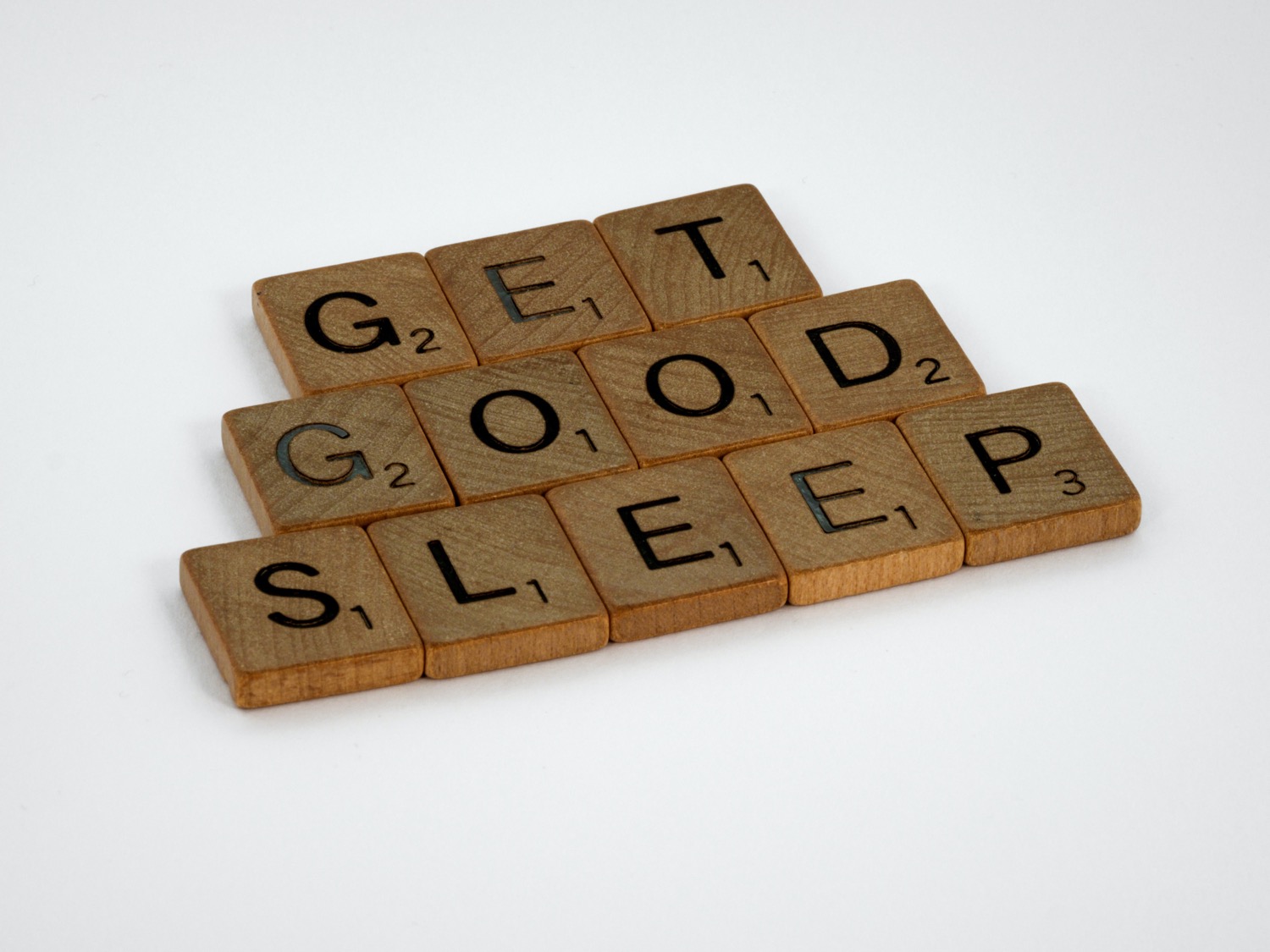If you’re interested in the sleep & recovery space, you might have noticed a few new sleep apps come onto the scene in recent years.
One of those app is a called RISE Science. Founded by Jeff Kahn, RISE started by exclusively focusing on improving the performance and energy output of professional athletes.
When they realized the impact that they could have on athletic performance just by focused on sleep, they began to pivot directly to consumers through their new app: RISE.
What Is Rise Science?

Rise science is a sleep app designed to help you focus on eliminating your sleep debt and optimizing your energy. While it does other standard sleep app functions like tracking your sleep or playing a noise machine, it was designed for professional athletes and high performing professionals who need quality sleep in order to optimize the rest of their waking life and perform at their highest.
Download Rise Science Here
RISE Pros & Cons
Pros
- The focus on sleep debt is our favorite sleep metric.
- Circadian rhythm predictors helps you plot your energy levels while awake.
- The syncing your energy schedule to your calendar is a top-tier integration.
- The app is downright gorgeous.
- Massive focus on scientific research & citations.
- Works with other sleep tracking apps or wearables.
Cons
- The app has a mix of data, education and content. (There’s a lot going on here)
- Some features are hard to find
- You might only use 25% of the features.
Rise Science Features
As we alluded to earlier – there’s a lot of things within Rise. To start there are four main tabs (with several screens within each of the screens). We’ll try to cover our bases here – but there’s a lot going on.
The Sleep Tab

The sleep tab is the first tab in the app and your primary dashboard overview. It shows you your current sleep debt and your progress since yesterday as well as your energy potential.
It shows you the next phase you’re headed into in your energy window and an overview of your sleep last night (along with a section to add any naps today).
You can also pop into your overall profile and adjust settings as needed relatively easily.
The Energy Schedule Tab
The energy schedule tab is a vertical view of your day with an undulating view of your estimated energy levels, peaks and dips.
The top of the page tells you your current energy schedule along with a score % score and grade.
Maybe our favorite feature out of this one is that the energy schedule will sync to your calendar so you can see your energy fluctuations over your actual daily schedule. This means you can schedule creative or performance focused activities at your body’s natural energy peak while using the lulls for recovery or administrative work.

We like this tab, but it does seem that the best use of this information is in a calendar view – not within the app itself.
Also – it wasn’t entirely clear to us (or other users we interviewed) that this graph was interactive. We thought it was just purely visual at first. We were wrong!
There are multiple points on the graph that you can touch.
Clicking on a “dip” mark – will give you details both on the energy levels of that dip and when it’s occurred at other days (along with estimate length of the dip).
Once in here, you can get a series of tips on how to continue to optimize your energy.
You can do this same detailed activity on “peaks”, “wind down” times, “smart bedtimes” and “melatonin windows.”

Once in here, you can even “find a time to” do a specific activity – where you write the activity out, pick a time, duration, and level of energy needed and RISE will help you find a time to schedule it.. To be honest, once we clicked in here – this got overwhelming. Again, this felt like too much gong on in one app. We use our calendar to plan most events so trying to do that in a sleep app got confusing and we bailed.
At the bottom of the chart there is a plus sign you can click and do various activities including:
- Add a sleep habit
- Plan an energy boost
- Find time on my calendar
The sleep habit reminder you can click and choose “relaxation” – which is a sound session – which is actually awesome – but just very difficult to find.

This section has meditative, breathing, relaxation and simple nature sounds to listen to. There are entire apps that offer just a fraction of what RISE offers here and if it was easier to find – we’d be using it every night.
The Progress Tab

Once RISE figures out how much sleep debt you owe your optimal self, it puts you on a remedial plan of sorts to regain your sleep and close the sleep debt gap.
The progress tab shows you just that – your progress towards eliminating your sleep debt.
Under the sleep times tab – It has a visual representation of your sleep periods the last 7 days. If you scroll down, it will have your sleep times and total hours for each day that has been tracked.

Under the sleep debt tab – it shows your day by day progress towards making it back to your sleep debt baseline. As you scroll down, it will have your entire history of sleep debt in table form.
Under the sleep quality tab – it shows you a trailing 7 days of the sleep quality you’ve had day by day.
Below this section, you can set up a smart schedule to work off both a “wake goal” and “sleep need” time. Once you have both – and set this accordingly – RISE will issue you a notification at the proper time to start your evening wind down routine and get ready for bed.

Sort of like a reverse alarm clark – kind of neat.
The Learning Center Tab
The learning center is where the SCIENCE part of RISE SCIENCE’s name comes into play. It’s absolutely packed with content about “lowering your sleep debt”, “aligning activities to energy” and “how much sleep debt is good vs. bad.”

In our opinion, the focus on education is great, but this starts to feel really crowded. The sheer amount of content gets a bit overwhelming and we’d be more likely to read it in an email campaign than to have 20+ articles that we feel like we need to read up on when we’re opening our sleep app at night.
Rise Science Pricing
The RISE app costs $60 per year and they offer a 7 day free trial. Personally, we’d like to see a bit of a longer trail for an app like this, but a trial none-the-less is always appreciated.
Download Rise Science Here
Final Thoughts On Rise Science
We love Rise. The science behind the app rocks and the sleep debt metric is one that even type A people can get behind as there are actionable steps to take and you can have a plan to improve it over time.
What we don’t love is that there’s so much going on and our phones are only so big. In our ideal world – RISE is one set of data, but gives us 3 streamlined apps depending on our use.
→ A sleep app – a stripped down app similar to sleep cycle that just makes it easy for me to open before bed and auto-track my sleep. Ditto for naps.
→ An energy app – The circadian rhythm estimation app that syncs to my calendar and helps me plan my day better. This is wildly helpful, but tough to do in the current app given all the features.
→ A habit app – Showing me my remedial scores and which habits I need to add to make up for it.
None of this is actually new functionality – they already do all of this, but splitting these out would give us a lot more breathing room and directionality when using each one.
That said – is RISE worth the $60/year? ($5/month). It’s a no brainer for us and a resounding yes. If you care about high performance and recovery at all, we highly recommend it. It’s like the cheapest sleep supplement you could ever buy and you literally have to do nothing – just sleep.
FAQs on Rise Science
Does RISE Work?
RISE science doesn’t actually do anything to you. What it does is show you your habits and give you ways for you to improve them. You have to to the work.
That said – if you do the work – you might just see massive improvements both on the energy and performance fronts.
Is the RISE App Worth It?
RISE costs $60/year and works out to about .15 cents for every night’s sleep. Given the results we’ve seen ourselves, we think that’s easily worth the cost.
How Does RISE Calculate Sleep Debt?
RISE takes data from your Apple Health dashboard and runs it through it’s custom algorithms to determine you’re estimated optimal sleep and your current sleep deficiency from that number. The delta between the two is considered your “sleep debt.”
What if You Don’t Want a Device in the Bedroom?
RISE syncs with other sleep tracking devices so if you don’t want a phone in your bedroom, you can simply use an Oura, Whoop, Apple Watch or another device that tracks your sleep accordingly.
Download Rise Science App
You can download the Rise Science app at the link below
Download Rise Science Here
Other Sleep & Recovery Resources You Might Be Interested In
You might want to read these…
- The best outdoor saunas
- The best cold plunges
- A beginner’s guide to mewing
- The best sleep drinks of 2022
- The master MoveWell stretching guide
- The best sleep apps of 2022
Photo by Brett Jordan on Unsplash
All app screens courtesy of Rise Science.

